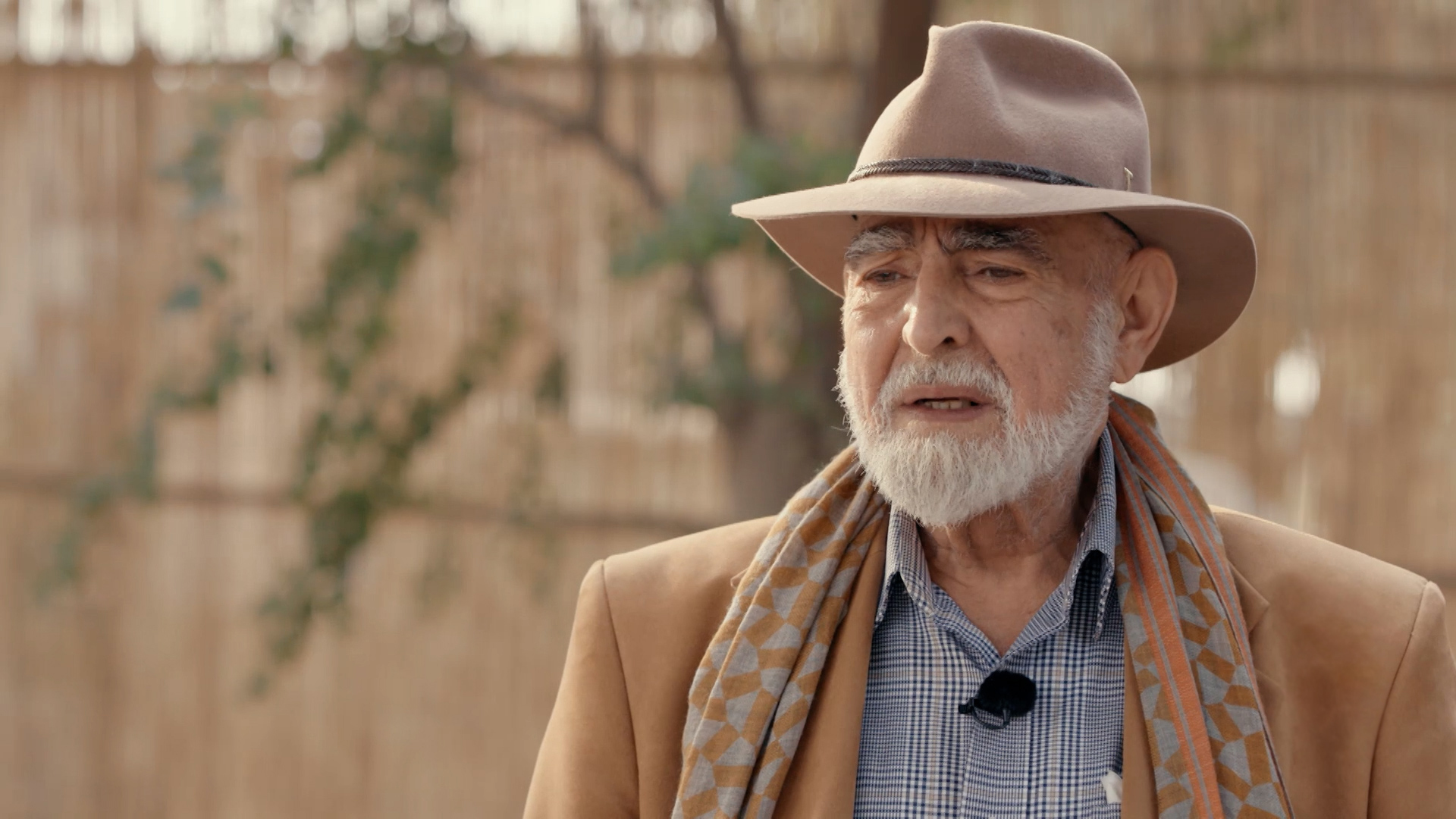The Egyptian architect and engineer Abd al-Wahed al-Wakil does not favor the influence of Arabs and Muslims on modern Western architecture, because it distances them from their identity and Islamic heritage. On the other hand, he believes that mosques have the best and most beautiful expression of the spirit of Islamic architecture, not only in form, but also in identity and meaning.
Al-Wakil said - in the first part of the "interview" program - that the architectural construction in Egypt during the sixties and seventies of the last century was very bad, as the public housing buildings were completed according to the distorted model that was followed after the Second World War in Germany, France and England.
In the first part of the "Interview" program, Al-Wakil reviewed his story with construction and architecture, and talked about his architectural career, which began in Egypt, in which he designed 3 buildings after his graduation, but he admitted that those apartments were not comfortable and lacked fun, then he took over the design of a villa near From Alexandria, it was built with bricks and stone without the use of cement.
In Beirut, to which he went to visit his mother, the architect discovered - as he tells it - that its old houses are the best in terms of design and construction method.
Then his architectural career led him to Saudi Arabia, where he designed 20 mosques, including the Quba Mosque and the Qiblatain Mosque in Medina, the King Saud Mosque, the Al-Jazeera Mosque in Jeddah, and Suleiman's Palace, for which he won an award.
He also won several other awards, most notably the Aga Khan Award for Architecture for his design of "House of Halawa" in Alexandria in 1980, then the King Fahd Award for Research in Islamic Architecture in 1985, and the Honorary Fellowship Award by the American Institute of Architects, leading to the Richard Prize for his contributions to architecture. 2008 classic.
And when King Charles III was asked to be a sponsor of the Oxford Center for Islamic Studies in Britain (when he was crown prince), he insisted that the center’s building be designed by the Egyptian architect Abdel Wahed Al-Wakil, thanks to his distinction and international fame.
Revival of heritage in Islamic architecture
It is reported that Al-Wakil was born in the Garden City neighborhood of Cairo in 1943, and grew up in his aunt's home, the wife of Mustafa Al-Nahhas Pasha.
He studied at Victoria College and other English schools, then obtained a Bachelor of Architecture degree with honors, and worked as a teaching assistant at the university from 1965 to 1970.
Al-Wakil has served as a member of the Board of Trustees of World Heritage, the Academic Council of the Prince of Wales School of Architecture and the Jury of the Aga Khan Award for Architecture.
Although his studies were in English schools, the Egyptian architect believes in the necessity of reviving Islamic heritage and values in Islamic architecture, and tells the "Interview" program how he chose to work with the engineer Hassan Fathi, who was born in 1900 and was not well known and popular in university circles at the time.
Fathi was one of the pioneers of environmental architecture in the countryside that used local building materials, and he was known as the "Architect of the Poor".

